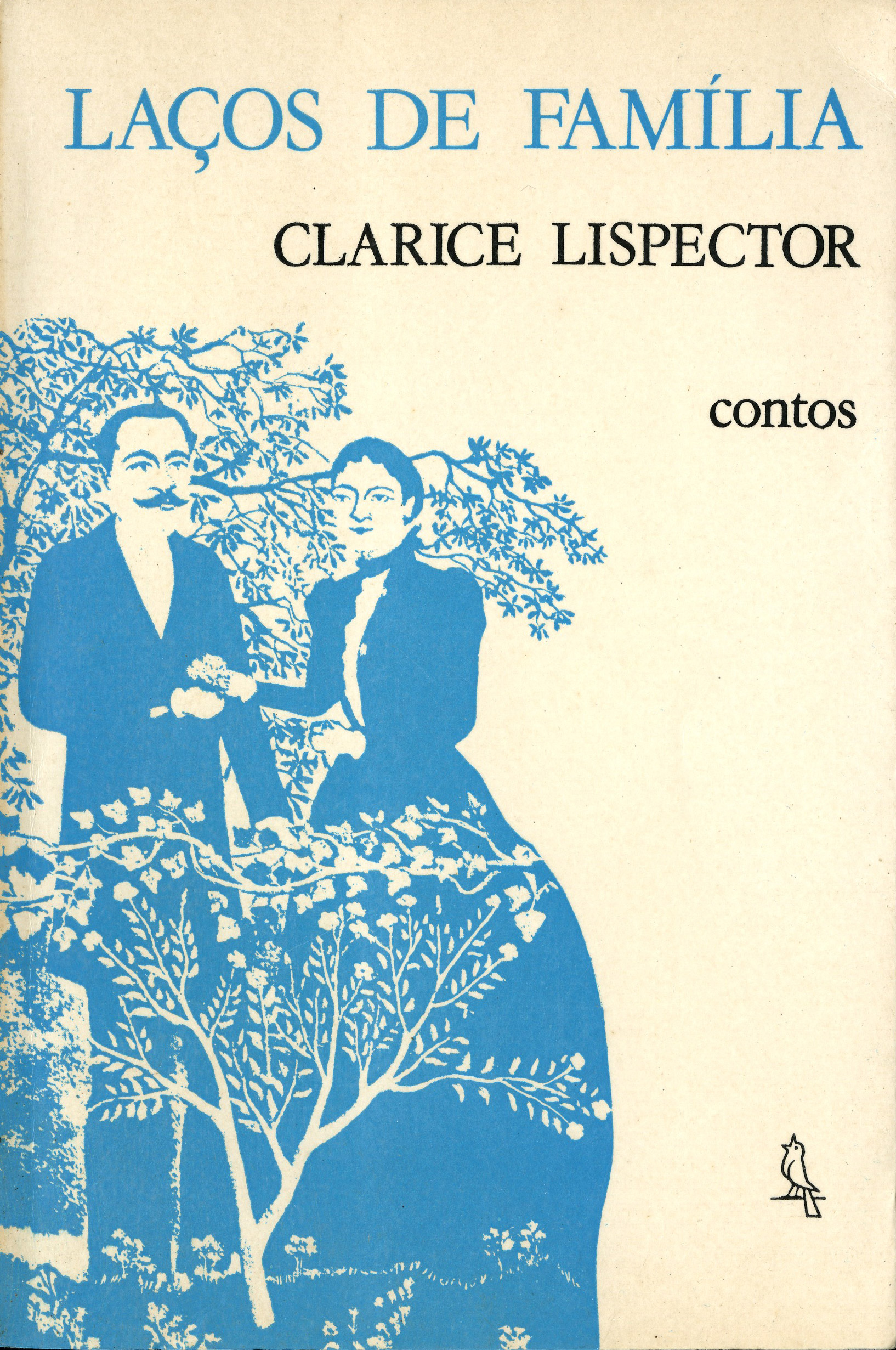Following the lineage of great storytellers, in this book from 1960 Clarice Lispector exhibits absolute mastery of this brief narrative form. Bringing together a total of 13 stories, some previously written and published in the press and in anthologies, Family Ties guaranteed the writer the Jabuti literary award in 1961.
Aware that the short story is the “mysterious brother to poetry,” a kind of “snail of language,” according to Julio Cortázar, Clarice abducts and relentlessly invades the reader with an accumulation of feelings and vignettes that, together, open up to broader realities. Like a magnet, she drags you inside the urban and domestic daily lives from which emerge—as always in her writing—the intimate nature of people and things, the nerve of beings, their infinitudes and more unsuspecting domains. All of this, according to her, “sewing on the inside” the imaginary circle where her characters and their organizing logic are located.
In each of the tales of Family Ties, Clarice’s writing project creates and consolidates an extraordinarily expressive landscape sustained by the force of a discourse that often seems to escape the limits of fiction itself to enter the field of philosophical essay.
The state of permanent attention provoked by the fact that Lispector’s narratives focus on the most insignificant, the intensity of gestures and words – or the lack thereof – is asserted as one of the structuring traits of her writing. The tiny and the epiphanic, the excessive and the amazing, the way the obvious and the commonplace are formulated and the insistent questioning about the state of the world can be taken as small clues or paths for reading these family ties, for critics the best work ever produced through the vocation and talent of the storyteller that Clarice Lispector revealed herself to be.
ByMartha Alkmin

